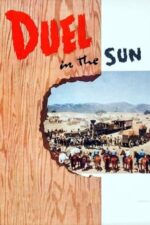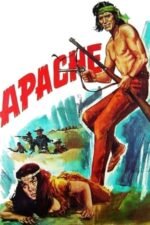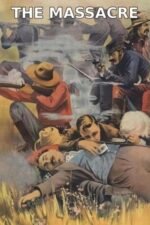Beyond Cowboys & Warriors: Exploring American Indian Representation in Cinema
Hey everyone! Let’s talk about something that's been on my mind – and frankly, a recurring issue in film history: how American Indians have been portrayed (and often misrepresented) on screen. It's a complex topic, fraught with historical baggage and problematic tropes, but also one where we can find moments of genuine artistry and burgeoning progress.
For decades, the image of Native Americans in Hollywood was largely shaped by simplistic narratives – stoic warriors, savage antagonists, or noble “vanishing races.” Think about those classic Westerns; they often reduced entire cultures to a backdrop for white settlers’ struggles. While visually stunning, these films frequently perpetuated harmful stereotypes and erased the incredible diversity within Indigenous communities. It's easy to fall into that trap of nostalgia when watching older films, but it’s crucial to critically examine why those portrayals felt acceptable at the time – and why they aren’t now.
Now, let's look at some films that offer a more nuanced perspective. "The Massacre," for example, attempts to confront the brutal reality of historical injustices directly. It’s not about romanticizing conflict; it’s about acknowledging pain and resilience in the face of unimaginable loss. Similarly, “Chato’s Land” tackles themes of identity and persecution through the lens of a half-breed man caught between two worlds – a character far more complex than the typical "Indian" villain. The film's exploration of prejudice feels particularly relevant today, sadly.
Then you have films like "Apache," which focuses on individual journeys and cultural preservation. The sheer determination of Massai to return home speaks volumes about the enduring connection between people and their land – a theme that resonates deeply across many Indigenous cultures.
Interestingly, even seemingly more conventional Westerns can offer glimpses of something deeper. John Ford’s “She Wore a Yellow Ribbon,” while still operating within genre conventions, portrays Native Americans with a degree of respect and complexity rarely seen in earlier films. It acknowledges the conflict but also hints at shared humanity – though it's important to note that even this film isn’t without its limitations regarding representation.
"Duel in the Sun," with its striking visuals and exploration of identity through Pearl Chavez, attempts to move beyond simplistic binaries, although its portrayal of a mixed-race woman still reflects some of the era’s biases.
The journey towards authentic and respectful representation is ongoing. We're seeing more Indigenous filmmakers telling their own stories – which is absolutely vital! It’s about reclaiming narratives and challenging those ingrained stereotypes that have dominated for so long. It's not just about what stories are told, but who is telling them.
So, what should you take away from all this? Don't be afraid to engage with these films critically. Consider the historical context in which they were made and ask yourself: who benefits from this narrative? Who is being silenced or misrepresented? It’s a fascinating – and important – conversation, and I hope these films spark your curiosity and encourage you to seek out even more diverse perspectives on American Indian history and culture.

























